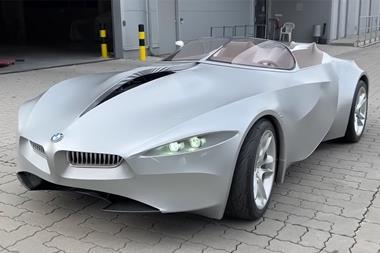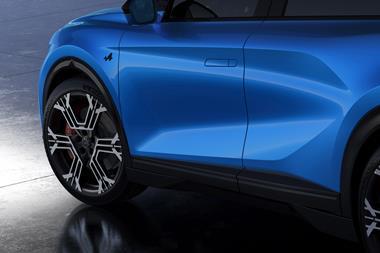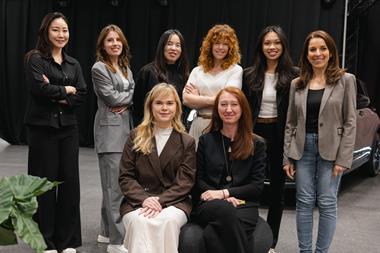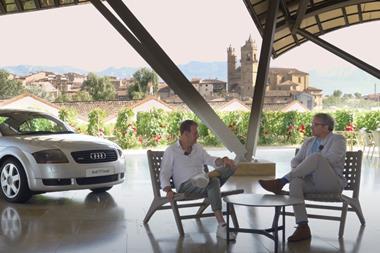
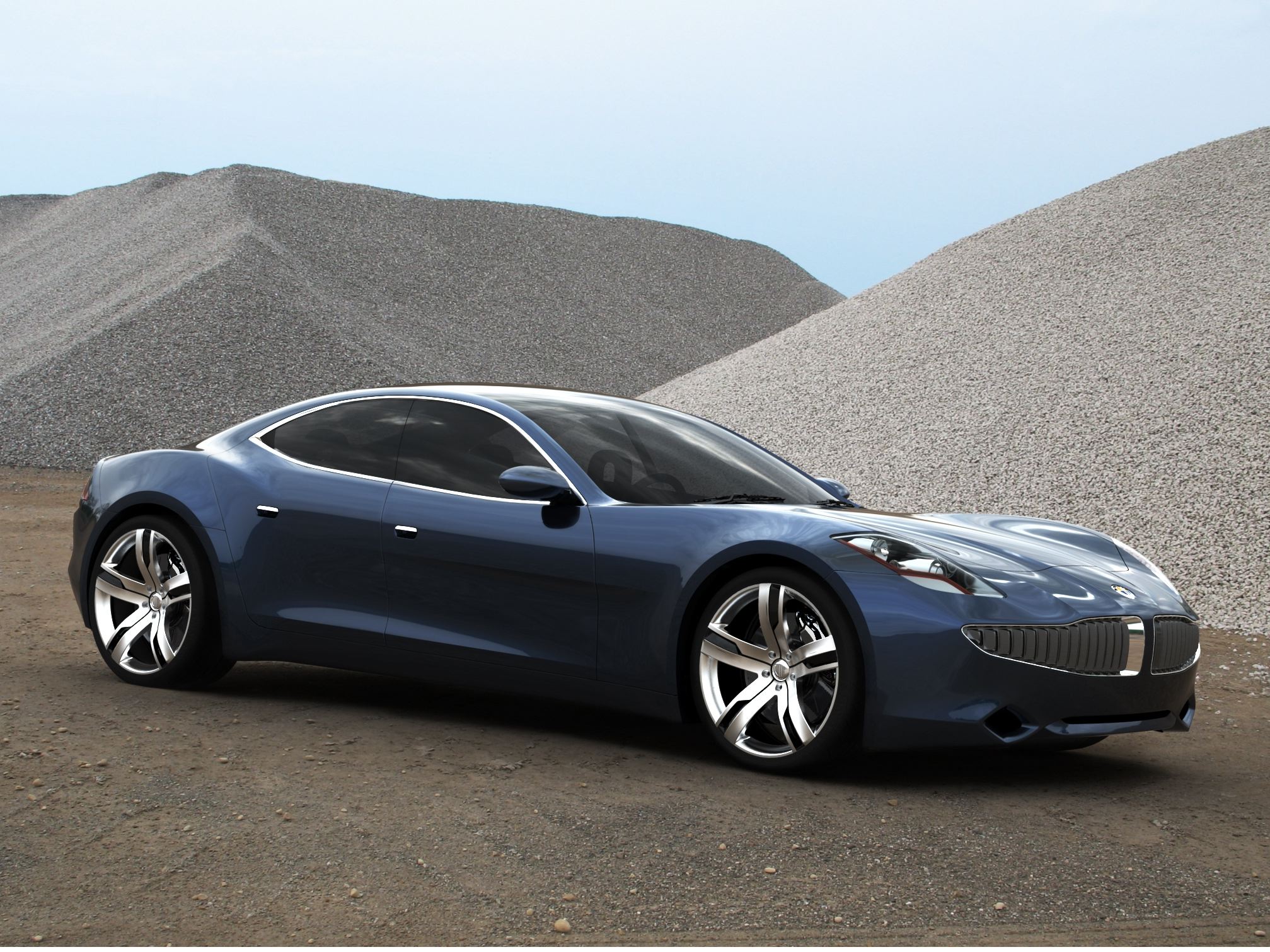
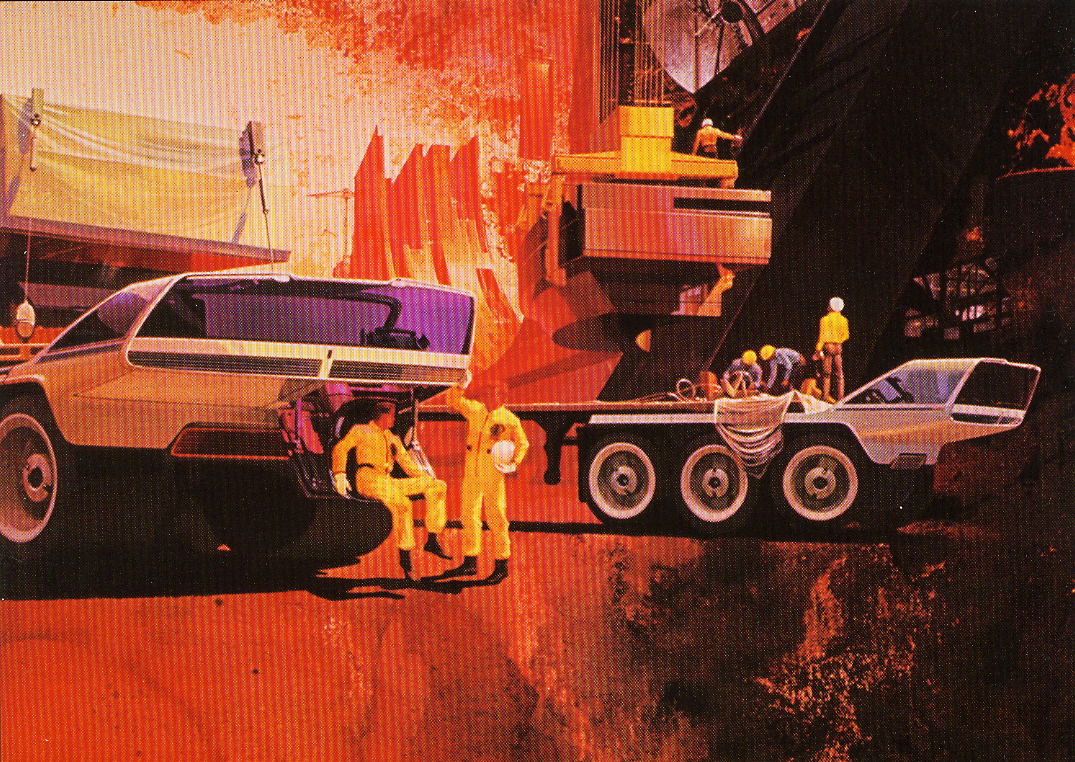



Design is still far from having lost its ability to surprise us. In mature markets, far more than owning a vehicle suited for everyday uses in line with how society is changing, the search for differentiation is pushed to the extreme: personalization is getting a little stronger every year based on the increasingly subtle expectations of automobile users.
The other trend involves the now established emergence of new lower CO2 emissions technologies (electric cars, development of hydrogen engines, etc.). There is no longer a single response but scenarios more closely adapted to users' needs. In this context, these different scenarios will enable the automobile to be reinvented not only based on its architecture, but, above all, on user experience.


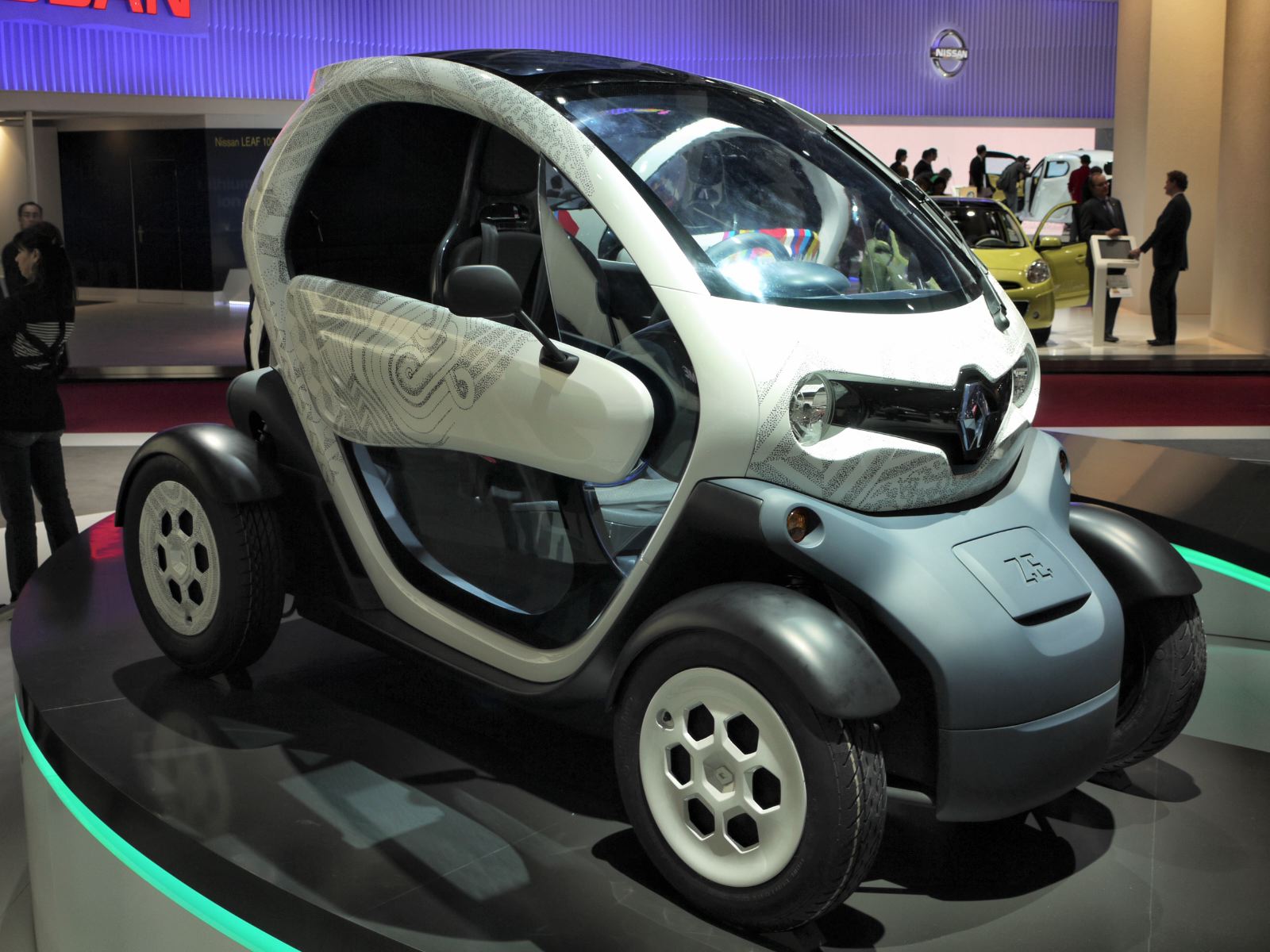
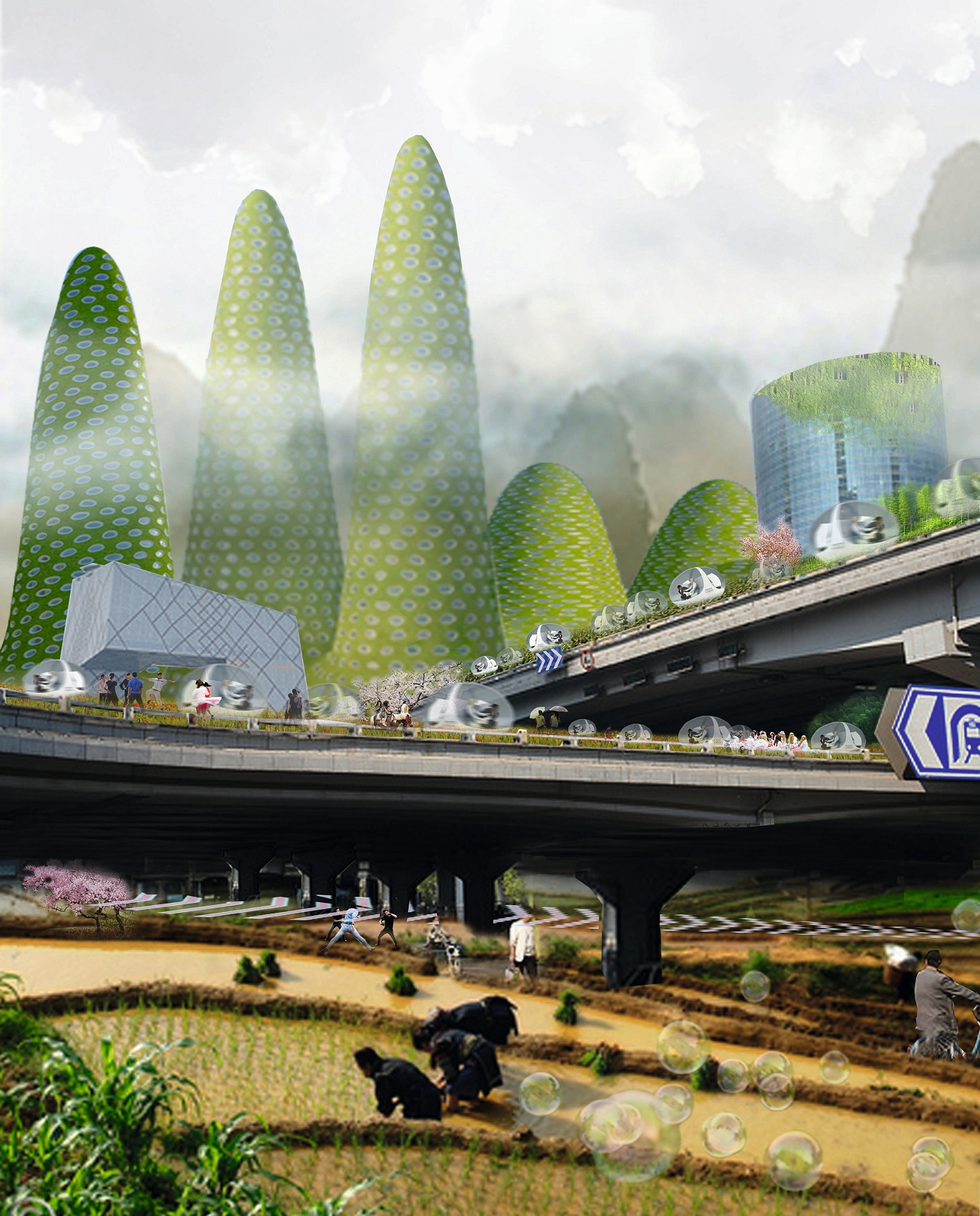

The challenge and the opportunity for designers today is no longer to highlight differentiation but to design, beyond the vehicle as an object, a multi-dimensional and renewed experience of driving pleasure.
The future is taking shape around two concepts: experience and sustainable mobility. The future of automotive cannot be summed up by the classic pattern of frenzied running to technological innovation. It must also involve adaptation to new societal uses.
The automotive sector, like all other industrial sectors, will create solutions whose environmental impact is edging closer to zero. This is a necessity.
The other necessity to remain relevant is reinventing the driving experience. This is a question of strengthening the relationship between the product and its user. Appropriation of this concept will be fully integrated into the extension of digital uses, such as the continuing benefit of uses from nomadic objects (such as the iPhone or the iPad), the desire to stay connected, constant access to favorite online media (music, games, blogs, etc.), but also the promise of a multimodal extension of a user's mobility.
Imagine a family in the same vehicle: each family member will have his own interpretation of what he felt during the trip in relation to his desires, expectations and preferences. The vehicle will reveal differentiated and renewed experiences.
The designers of tomorrow can, beyond style, come up with cars equipped with cognitive functions that will adapt to every user. This digital expansion resolves another problem: that of the obsoleteness of the car, by proposing multi-faceted mobility based on intelligent experiences that evolves depending on our frame of mind, the environment in which we evolve and the impact of our journeys.
The concept of sustainable mobility, in this regard, takes all aspects of mobility into account by putting them in context: inserting the vehicle into its immediate environment; interacting with it but also able to simulate and validate it in context. Finally, the idea of sustainable mobility can be understood in all its complexity, global nature and economic potential.
The virtual worlds, that mean everyone can experience ‘augmented' or ‘immersive' virtual experiences, are at the heart of the research work undertaken by Dassault Systèmes. Its design studio works in close collaboration with scientific research teams to design and then simulate all kinds of virtual experiences that enable us to gain a better understanding of the real world.
Thanks to 3D and virtual worlds, the automobile will be reinvented an indefinite number of times, defining the contours of an exploratory field shared by designers and creators, but also by the users of tomorrow.
The automobile was anthropomorphic; now it is becoming polymorphic in the image of the human spirit. This is the very concept of sustainable mobility: redesigning the relationship between man and automobile using virtual technologies while guaranteeing an economically stable model and, above all, a better world.
Related Articles:
Interview: Anne Asensio, Executive Director of Advanced Design, GM ![]()
Webinar: From Concept to Class-A with CATIA
Webinar: Concept Design with CATIA































